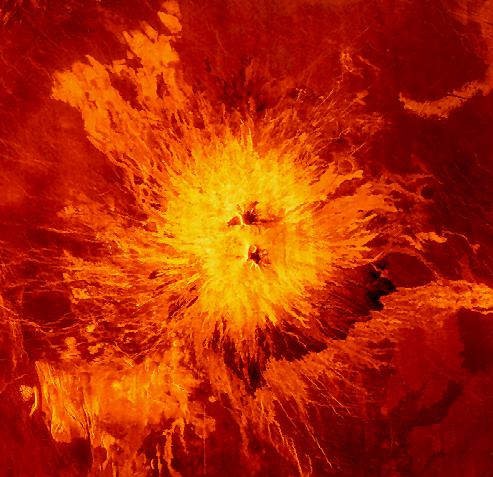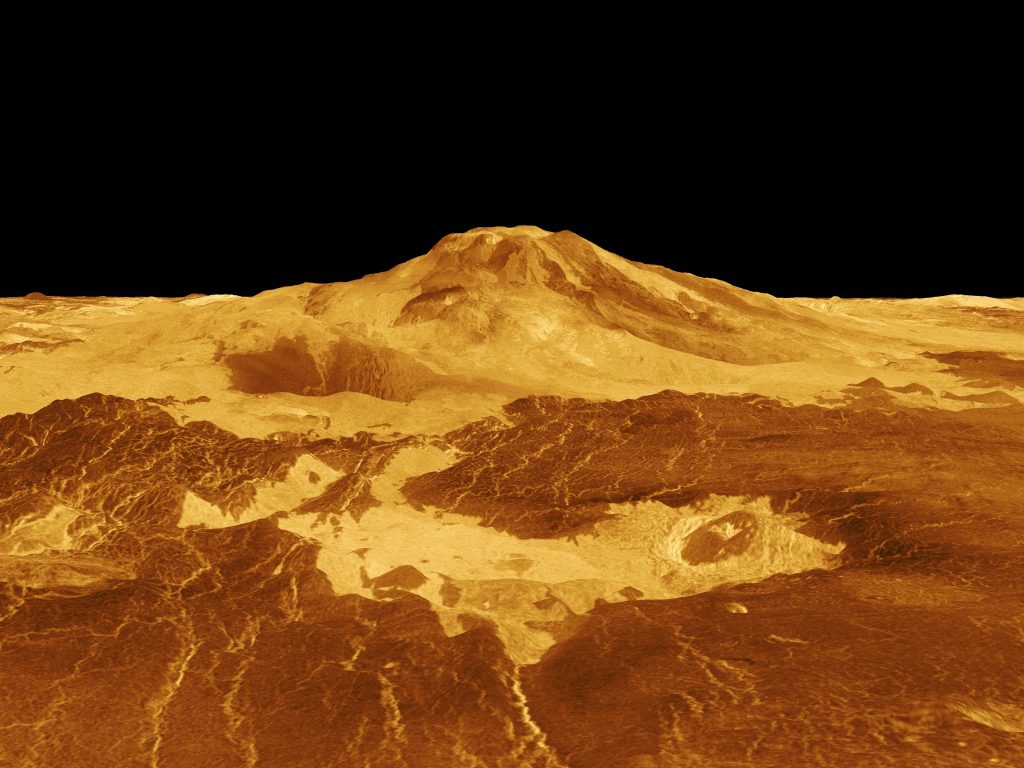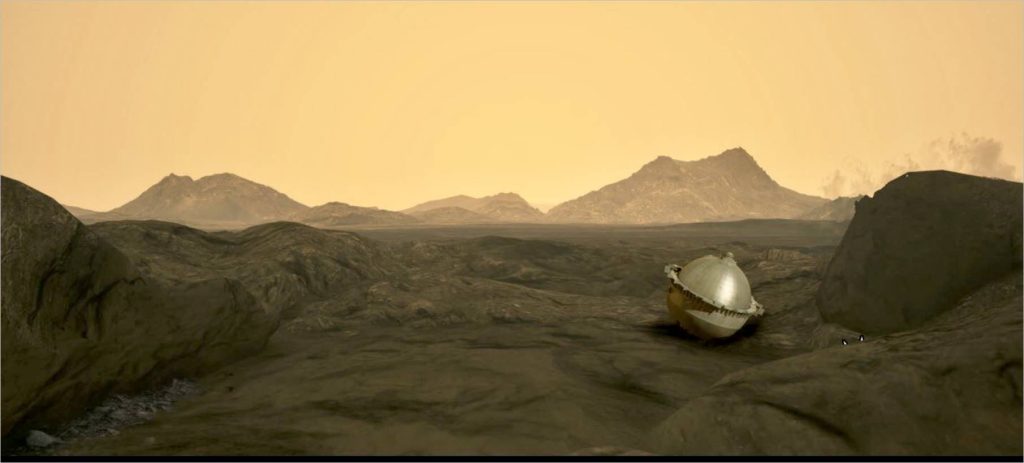85.000 volcanes en Venus
¿Está planeando un viaje a Venus? Entonces será mejor que evite los numerosos volcanes que hay allí. Esto funciona mejor con un buen material cartográfico, como el que ahora por fin está disponible: los planetólogos Paul Byrne y Rebecca Hahn, de la Universidad de Washington, han contabilizado 85.000 volcanes en nuestro planeta vecino, Venus, y los han introducido por primera vez en un mapa. La base de datos asociada es de acceso público. "Este trabajo es el mapa más completo jamás elaborado de todas las estructuras volcánicas de Venus", afirma Byrne, profesor asociado de Ciencias Planetarias y de la…


